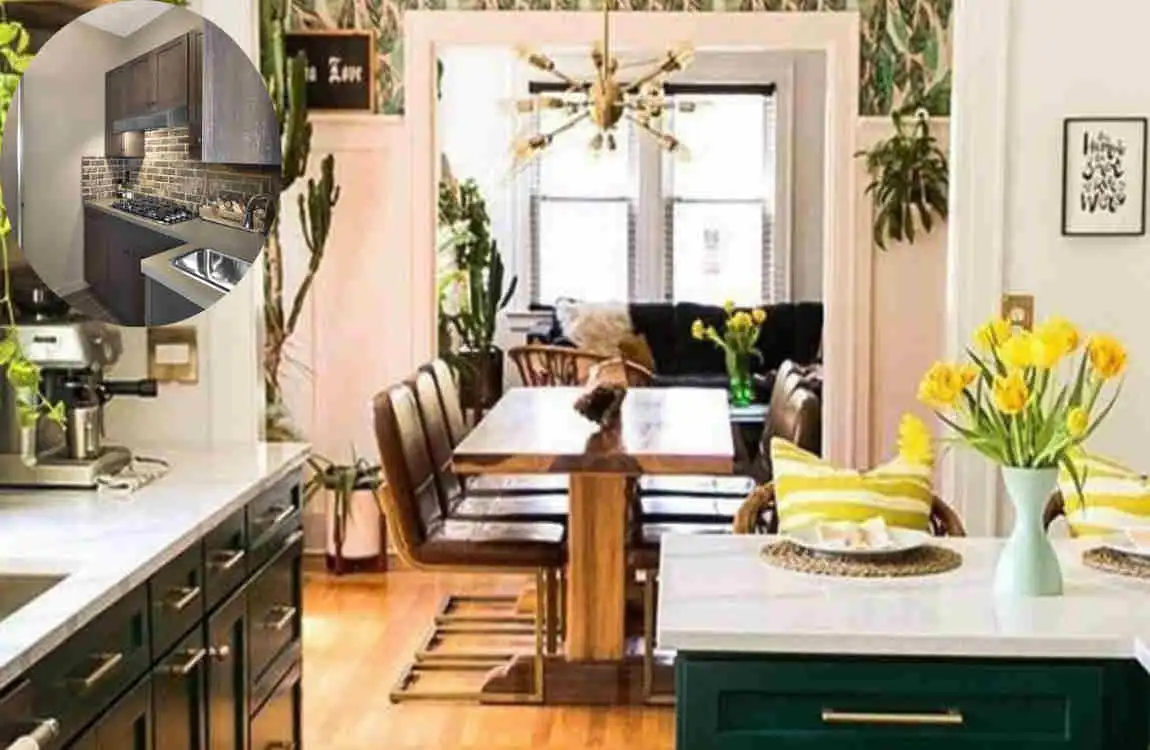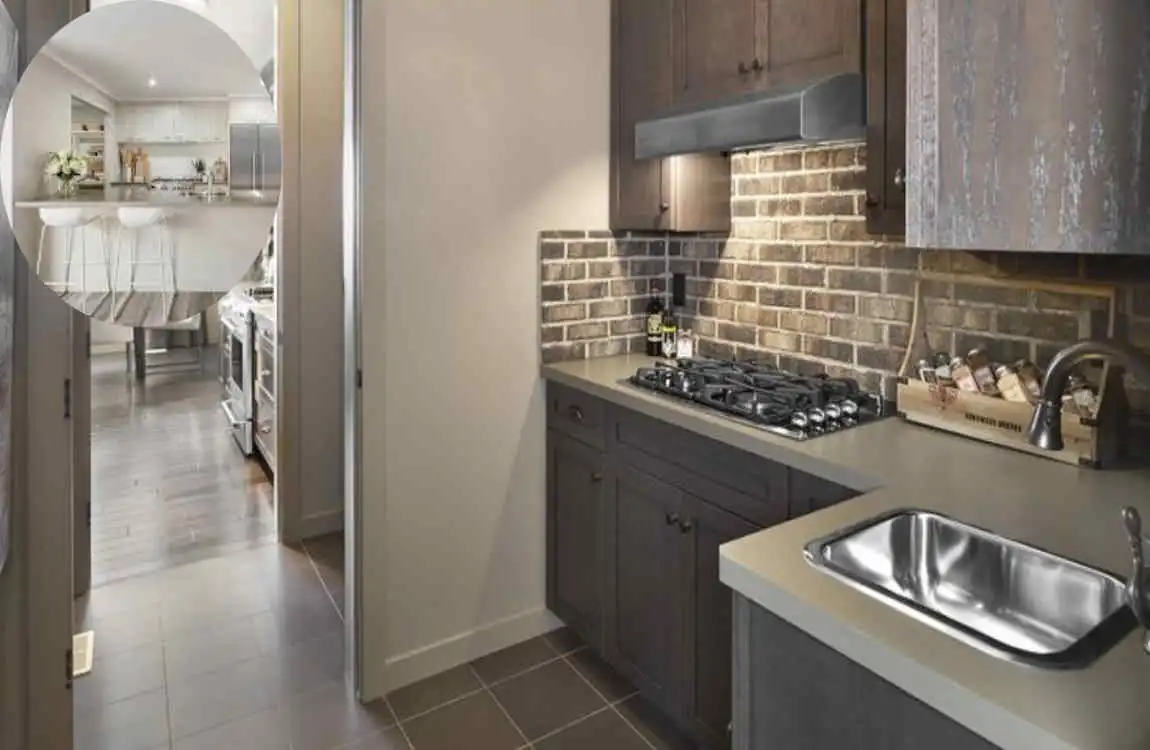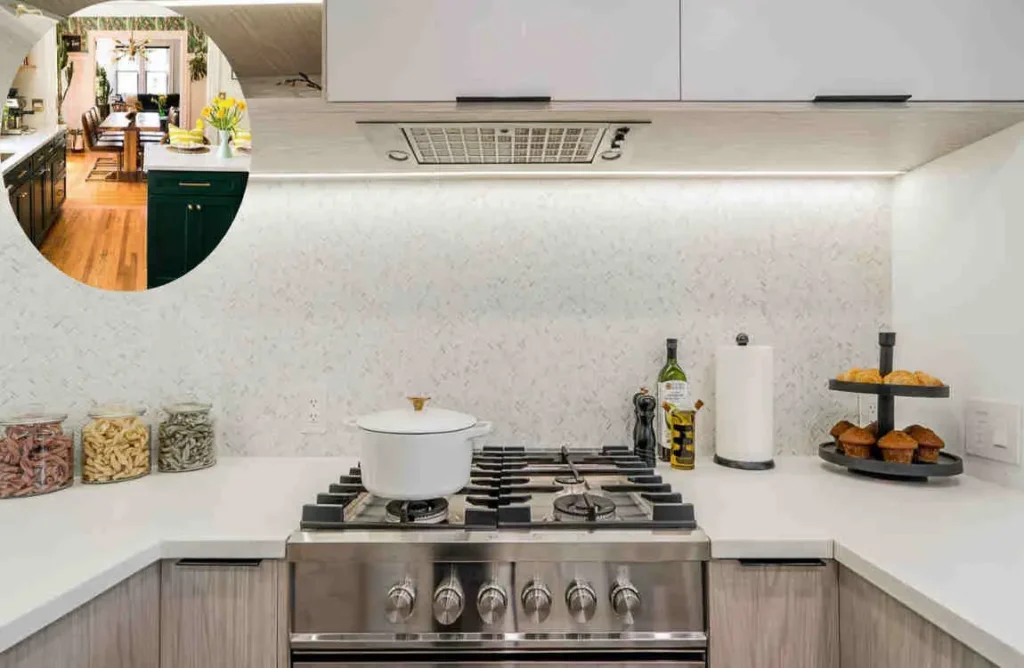A Spice Kitchen is a dedicated cooking space separate from the central kitchen, designed to handle the preparation of aromatic and flavorful dishes that require extensive use of spices, oils, and high-heat cooking techniques. It helps contain strong odors, smoke, and grease, keeping the central home kitchen clean and odor-free, making it ideal for those who enjoy cooking with intense spices and flavors.
The history and cultural significance of spice kitchens

Spice kitchens have deep roots in culinary history, tracing back to ancient civilizations. The use of spices was not merely for flavor; it symbolized wealth and status. Cultures around the world revered spices as treasures that could elevate a dish from mundane to extraordinary.
In regions such as India and the Middle East, spice kitchens became essential hubs where aromatic blends were meticulously crafted daily. These spaces facilitated communal cooking and sharing, reinforcing social bonds through food.
As trade routes expanded during the Age of Exploration, spices gained even more significance. They sparked curiosity and adventure, influencing cuisines globally. Today’s spice kitchen reflects this rich tapestry of traditions while accommodating contemporary tastes.
The cultural significance remains strong; spice kitchens invite creativity and exploration in every meal prepared within their walls. Each jar holds stories waiting to be told through flavors that connect the past with the present.
Benefits of having a spice kitchen in your home
Having a spice kitchen opens up a world of culinary possibilities. It transforms ordinary meals into extraordinary feasts, enhancing flavors with just a pinch or dash.
A dedicated space for spices encourages creativity in cooking. You can experiment with different blends and discover new favorite combinations that tantalize your taste buds.
Organization is another benefit. When spices are easily accessible, you’re more likely to use them regularly, promoting healthier cooking habits. Fresh herbs and vibrant spices add nutrients while reducing the need for excess salt or sugar.
The aroma of freshly ground spices creates an inviting atmosphere in your home kitchen. The scents alone can make cooking feel like an adventure every day.
Design considerations for creating a spice kitchen

Creating a spice kitchen involves thoughtful design choices that enhance both functionality and aesthetics. Start by selecting a dedicated space, preferably near the stove, for easy access during cooking.
Consider open shelving or glass jars for storage, allowing you to display your spices while keeping them organized. Opt for labels to prevent confusion and streamline your cooking process.
Lighting plays a crucial role; bright task lighting will help you see the vibrant colors of your spices. Incorporate natural light, as it can create an inviting atmosphere.
Don’t forget about ventilation. A well-ventilated area helps dissipate intense aromas and keeps the air fresh as you experiment with flavors.
Choose materials that are easy to clean. Spice kitchens can become messy quickly, so durable countertops and backsplashes are essential for maintaining cleanliness with minimal hassle.
Essential tools and ingredients for a well-stocked spice kitchen
A well-stocked spice kitchen is essential for any home cook. It starts with quality spices. Think beyond the basics like salt and pepper. Explore cumin, coriander, turmeric, and cardamom.
Invest in airtight containers to keep your spices fresh longer. Label them clearly to avoid confusion while cooking. A dedicated spice rack can save you time during meal prep.
Next up are tools that enhance flavor extraction. A mortar and pestle allows you to grind whole spices for maximum aroma and taste. Spice grinders also work wonders for achieving a fine texture.
Don’t forget measuring spoons or scales for precise seasoning control. These tools make it easier to replicate favorite recipes.
Consider adding herbs like basil, thyme, or rosemary if space permits. Fresh herbs elevate dishes in ways dried alternatives cannot match; they bring vibrancy that’s hard to resist.
You may also read (embracing the charm of a small house dark kitchen).
Tips for organizing and maintaining a spice kitchen
Keeping a spice kitchen organized is key to unlocking its full potential. Start by categorizing your spices. Group them by type or cuisine for easy access. Consider using clear jars or containers that allow you to see the contents at a glance.
Labeling each container can save time during cooking. A simple label maker works wonders, ensuring everything is identifiable and neat.
Regularly check expiration dates, tossing out any stale spices that have lost their flavor. You might be surprised how quickly some seasonings can lose their potency.
Use drawer dividers or tiered racks to maximize space while keeping things tidy. This way, you’ll avoid digging through clutter when seeking that perfect spice blend.
Dedicate time every few months to reorganize your collection. This ensures everything remains in order and inspires creativity on those busy weeknights.
Creative ways to incorporate spices into everyday cooking
Spices can transform ordinary dishes into extraordinary experiences. Start your day with a sprinkle of cinnamon in your morning oatmeal or yogurt. It’ll add warmth and depth.
For lunch, add smoked paprika to your hummus for a smoky twist that pairs perfectly with fresh vegetables. It’s an easy upgrade that adds flair to sandwiches, too.
Dinner time is where the fun begins! Experiment by infusing olive oil with garlic and rosemary. Use it as a base for sautéing vegetables or drizzling over roasted meats.
Spice kitchen recipes and cooking inspiration
Spice kitchens are all about creativity and exploration. With a well-stocked spice collection, you can elevate everyday dishes into something extraordinary.
Try adding smoked paprika to roasted vegetables for an earthy depth. Or toss in a pinch of cardamom when baking muffins for a delightful twist that surprises the palate.
You may also read (how to organize a small home kitchen efficiently).
